Exhibitions, Projects
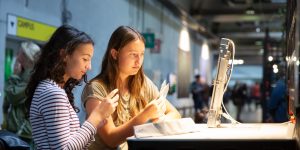
Privacy Machine
Timm Burkhardt (DE)
An electronic way to say, “I want to be private today and not appear in your social media photos.” Privacy Machine is a working proof of concept: stand in front of the screen and take the badge or the scarf. Both have a special pattern on it. As long as this pattern is recognized by the camera, the software will pixelate your face. It‘s an unrealistic wish because manufacturers would have to integrate this software into their smartphones as a default.

40 Years Ars Electronica
At the festival, 40 Years Ars Electronica is celebrated in two formats, each presenting a selection of outstanding projects in the history of Ars Electronica. ARS and the CITY displays exceptional works in the public space at the LENTOS museum while ARS on the WIRE shows initiatives in the public digital space at the POSTCITY.
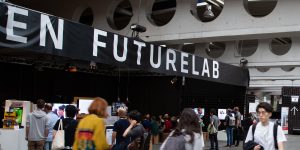
Open Futurelab
Once again this year, the Ars Electronica Futurelab and its partners show at the “Open Futurelab” which projects and initiatives have been created in the past months in collaboration between industries, education, art, and science. The research and development force behind Ars Electronica sees itself as an atelier and a laboratory at the same time – what exactly this means can be seen at the exhibits, lectures and performances shown in this area.

Beholder
United Visual Artists (UK)
Beholder continues UVA’s investigations into time perception and the relativity of our experiences. It centers around the wonder of everyday phenomena as seen through autistic perspectives, inviting us to re-evaluate our perception of beauty.

Chapeau
Salt Castle Studio (AT), Fachhochschule Salzburg (AT)
Chapeau is a fast-paced multiplayer platformer where you and your friends each play a quirky hat, challenging each other for objectives while engaging in mid-air combat.

Spatial Turn – Interactive Portfolio
FH JOANNEUM Institute of Design & Communication (AT)
The installation Spatial Turn shows numerous projects created by students in the fields of communication design, exhibition design, interaction design, media design and sound design from recent graduates of the Institute of Design & Communication of the University of Applied Sciences Graz as an interactive media portfolio experience.
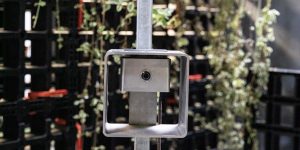
Machine to Support the Starving Artist
Timm Burkhardt (DE)
This work is designed to undermine the vital but patronizing “Harz IV” agenda of the German government in which self-employed individuals must send in records of their expenses in order to verify the necessity of support. Made of stainless steel, this unobtrusive machine is suited for the harsh environments of the streets. It generates receipts for random items, quantities, and sale amounts. Each receipt is printed on thermal paper like an actual receipt and could be sent to the authorities.
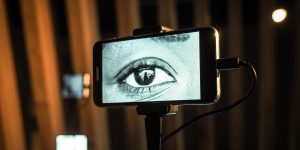
Ghosthouse
h.o (INT)
A deep dive into the information “swamp” is a kind of out-of-body experience. Smartphones, tablets, computer screens, and televisions become gateways for our spirits to embark on a journey.
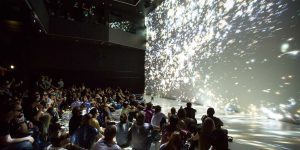
Immersify 8K Live Streaming Demo
The Immersify 8K Live Streaming Demo will premiere a real-time transmission of 8K content in the immersive environment that is Deep Space 8K. The encoder and decoder functionalities that are necessary for such an ambitious streaming demonstration have been developed in the context of the European research project Immersify. Immersify partner Spin Digital is providing flexible and high-performance software 8K playback on PC platforms with the software player Spin Player, while the Advantech VEGA encoder platform and streaming via public internet complete the setup. Lastly, Deep Space 8K at the Ars Electronica Center provides an impressive media environment for the pioneering demonstration. In collaboration with NHK Technologies, a live stream will be demonstrated from Japan to Linz, and with PSNC, an 8K stream from Poznan in Poland to Deep Space 8K, each with special content.

Mezza: Archivo Liberado
Gonzalo Mezza (CL), Sebastián Vidal Valenzuela (CL)
Mezza: Archivo Liberado reviews, in the eyes of a media art pioneer, the initial processes of technological implementation in Chilean art. By a selection of documents and works, the exhibition offers a revisionist view, presented as an exercise in media archeology, exploring one’s own history (of middle age) under different layers through a body of work that progressively models and anticipates important conflicts of today’s society.


